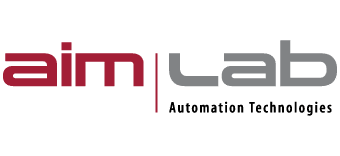Delivering Value Through Design Engineering
At the request of a major OEM customer, Aim Lab engineers recently embarked on a project to take cost out of the liquid autosampler it supplies them without changing the aesthetic appearance, function or quality of the product.
“As the autosampler needs to withstand environments that use acids and organic solvents, this added further complexity and limited the choice of materials we could use”, says Matt Grant, a Senior Mechanical Engineer at Aim Lab.
Aim Lab regularly evaluates and challenges the design of our products and our engineering practices to look at new and different ways to optimize the performance of our products and offer value to our customers.
After consideration of several different approaches to change the design, it was decided that the biggest impact on overall product cost could be achieved by:
- changing the way the chassis is manufactured
- combining the rack location mat and spill tray, which sit on the base of the autosampler, into a single moulded part.
These changes were not without their risk, particularly the moulded mat/spilltray, due to its size and the flatness tolerances required. Aim Lab approached the task by investing significant engineering hours upfront to perfect the design before any off tool samples were generated. The risks were mitigated by working closely with:
- An industrial design consultant who brought his design and expertise into the project.
- our customer’s engineering team and leveraging off their experience and recommendations.
- our moulding suppliers who worked tirelessly to get the design right. Using mould flow analysis, they were able to simulate different moulding conditions and use the corresponding analysis to optimise both the tooling design and how it was set up and used in the manufacturing process.
By following good design practices and leveraging off the synergies of working co-operatively as a group, the net result was both changes are being implemented into the product. Despite the associated risks, the moulded spill tray only required a minor iteration on the first off tool samples to get it to an acceptable standard to all parties. The project will achieve a 13% saving in the overall product cost to the customer – a remarkable achievement given the constraints.


